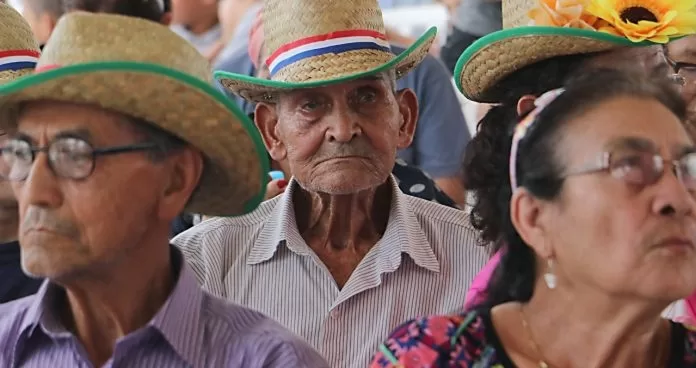Minister of Public Works, Hydraulics and Basic Infrastructure, Lakhdar Rekhroukh, revealed that the authorities have pledged to provide regular drinking water during Ramadan, and this will not affect citizens.
Minister Rekhroukh indicated during his meeting with sector executives that with the drop in rainfall, we have requested the launch of an additional urgent program to prepare for the month of Ramadan and the 2023 summer season. also refers to the seawater desalination program, which will make it possible to supply 150 km from city centers to cover 80% of drinking water needs.
How will drinking water be distributed in Algiers?
Rekhroukh revealed, in the same context, that the water distribution program for the month of Ramadan for the wilaya of Algiers, will be divided into two parts and according to the network. So between 50% daily distribution and 50% distribution every other day, emphasizing that the distribution will be regular and that there will be no fluctuation.
The Minister of Public Works, Hydraulics and Basic Infrastructure indicated that Algiers, as an example, benefits from desalinated water, and the water from the dams will be left to be distributed to the rest of the other wilayas. who do not benefit from seawater. Stressing that 18% of drinking water comes from seawater. In the short term, 40% of the population will be supplied with seawater, and 60% will be reached. Emphasizing that the quantity will be sufficient to cover the drinking water distributed in order to balance ground and surface water.
Minister Rekhroukh reassured about the water supply during the month of Ramadan, stressing that the rehabilitation of seawater desalination plants in the capital and the launching of a new plant will compensate for the lack of dams in many other wilayas.
Filling rate of receding dams
During this same meeting, the Minister of Public Works, Irrigation and Basic Equipment, Lakhdar Rekhroukh, declared that the filling rate of the dams reached 32%, therefore a decrease of 5% compared to the previous year, however, all measures have been taken for the supply of drinking water.
Rekhroukh explained about the filling rate of the dams which reached 32% and that they are more filled in the eastern regions than in the western wilayas, given the distribution of rainfall. Emphasizing that with the rehabilitation of seawater desalination plants and boreholes, this will not affect the distribution of drinking water. It is also possible to balance the desalination of seawater and groundwater in order to cover the lack of precipitation.



